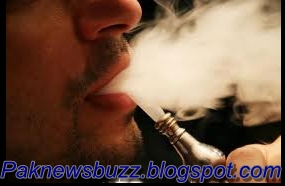
LONDON: Children who get insufficient sleep at night are more likely to become overweight, according to researchers in New Zealand.
A study followed 244 children between the ages of three and seven.
It said more sleep was linked to a lower weight, which could have important public health consequences.
UK experts said there was "no harm" in drawing attention to the link between reduced sleep and ill health.
The children were seen every six months when their weight, height and body fat were measured. Their sleeping habits and physical-activity levels were recorded at ages three, four and five.
The researchers found that those children who had less sleep in their earlier years were at greater risk of having a higher Body Mass Index at age seven.
This link continued even when other risk factors, such as gender and physical activity, were accounted for in their research.
Suggested reasons for the link include simply having more time to eat and changes to hormones affecting appetite.
In an accompanying analysis, Professors Francesco Cappuccio and Michelle Miller, from the University of Warwick, said future research should "explore and validate new behavioural, non-drug based, methods to prolong children's and adults' sleeping time.
"In the meantime it would do no harm to advise people that a sustained curtailment of sleeping time might contribute to long-term ill health in adults and children."
Dr Ian Maconochie, from the Royal College of Paediatrics and Child Health said: "Children under five generally average at least 11 hours sleep at night and in daytime naps.
"However, 20% of children at this age experience problems sleeping, and we already know that inadequate sleep has a significant impact on attention, memory, behaviour, and school performance. This paper is a useful addition to our knowledge of children's sleep patterns."











